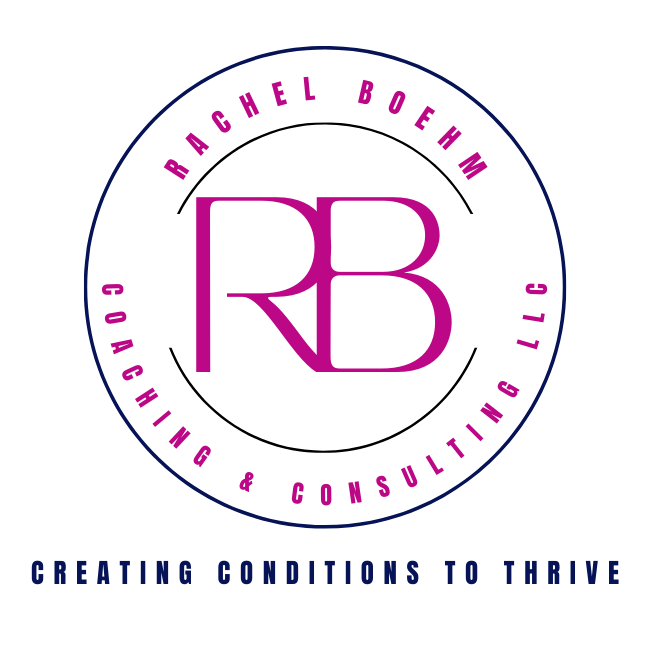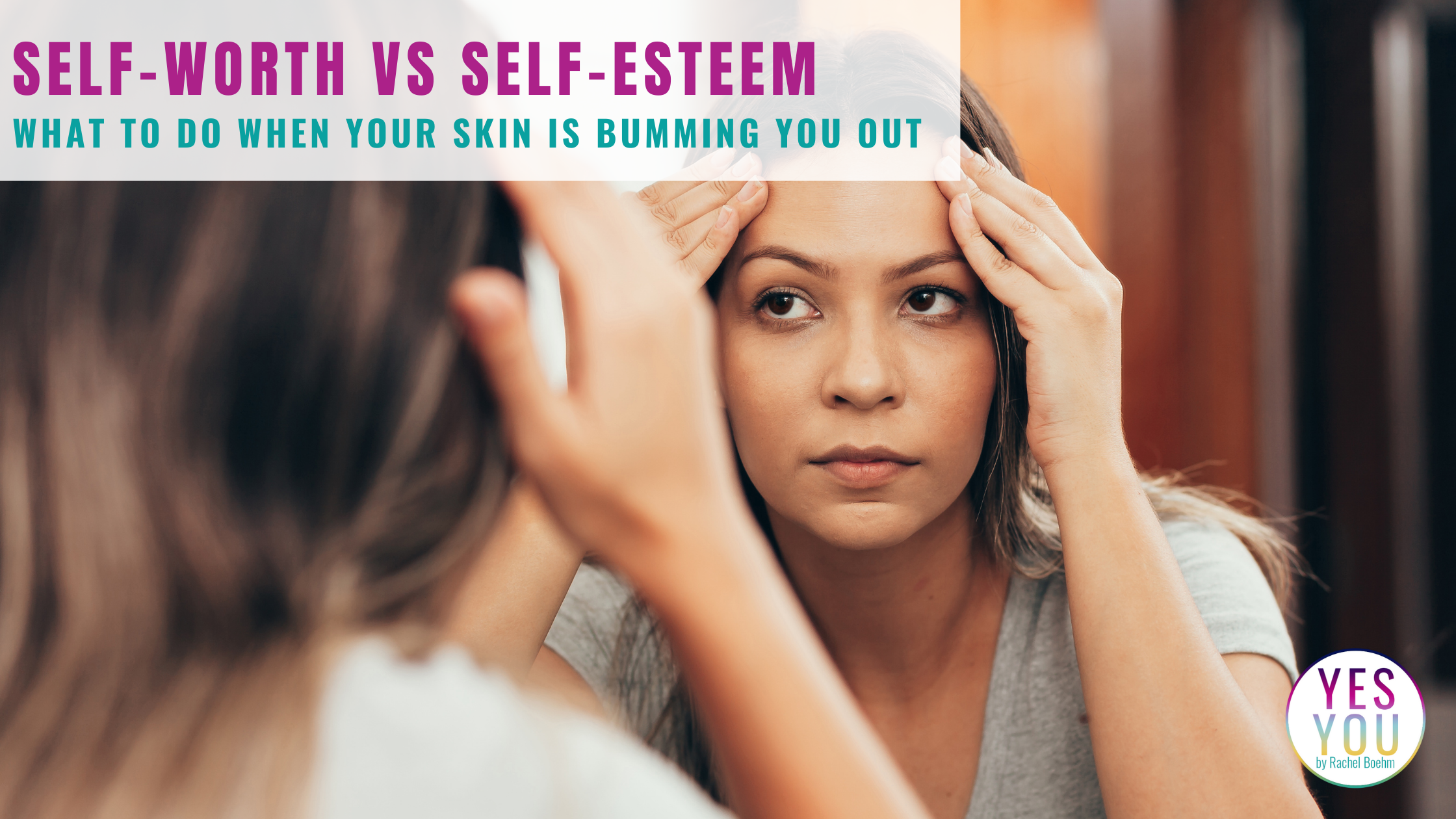Last week we explored the connection between self-esteem, mental well-being, and skin. If you look in the mirror and the first things that jump out at you make you want to break the mirror, that can bust your confidence. Obviously.
Some of the most common skin concerns include signs of aging, acne, sensitivity (e.g. redness, dryness, itchiness, rosacea, eczema, psoriasis), and uneven skin tone (e.g. hyperpigmentation, melasma, sun damage). Most likely, you are frustrated by one of these. Or maybe you just feel like your skin is dull and “blah”. You aren’t alone.
And you aren’t vain for wanting to change it, nor are you superficial for these concerns to bust your confidence.
Your Concerns Make Sense
It makes sense on so many levels that you want to look in the mirror and see a reflection of who you believe you are. What I mean is, if you feel young inside, it makes sense you want to look as young as you feel, not necessarily what society tells you a person of your age should look like. (J-Low at the Super Bowl Halftime Show rather than the Golden Girls, for example).
It makes sense that, no matter your age, you want to look vibrant, healthy, and confident. We are animals after all, and those are signals to our fellow animals that we are thrivers not easy prey. It may be subconscious but that survival and even reproductive instinct is in us all.
Here’s What to Do
So what do you do? Your skin is pissing you off and you want to look and feel your best, and you feel like you’ve tried everything or the idea of trying anything is overwhelming because there are so many choices and labels and you’ve already spent so much money on crap that didn’t live up to the promises…right?
I get it. It can be hard to get over the product graveyard (the bottles you have lying around that you will never use because they don’t work, but don’t want to toss because you spent money on them).
It can be hard to know which product to try next when labels are confusing and words like “clean” and “natural” and “non-toxic” don’t actually mean anything. (See here and here) Or when labels start proclaiming the percentage of active ingredients they offer but you aren’t sure how much of a percentage you need (hint, it’s not just about the percent). (See also here for a 101 on actives.)
First:
Break up with the product graveyard. "Marie Kondo” it, as they say. It’s doing you no good. Empty them out and recycle appropriately. Try TerraCycle or your city’s recycling collection.
Second:
Depending on the concern you have, find a dermatologist, aesthetician, or esthetician, or skincare consult with a reputable brand.
If you have, say, a clinical issue such as psoriasis, you should see a dermatologist. The doctor may not give you a daily routine (which is another story that I have unfortunately heard too often) but should at least give you suggestions on what to look for.
If you do not have a clinical-level concern and are more frustrated with standard signs of aging or breakouts or mild sensitivity, then you could look to non-clinical options to start.
For example, I’m a skincare consultant. The brand my business is partnered with is non-clinical. It is backed by dermatologists and top skincare researchers/formulators at the Skin Innovation Lab. So when people come to me it’s for one of the most common concerns listed previously. I take them through an AI-powered consultation tool that replicates the consult they would have with our founding dermatologists.
Then we chat about their results and make sure everything is interpreted correctly, answer any questions, and discuss options for moving forward.
They can feel comfortable trying the brand because, besides the reputation of the brand and its makers, everything is clinically tested prior to release. Every product comes with a 60-day money-back guarantee, even if bottles are empty (no product graveyard). And the products have been tested to work together, so they know that the active ingredients are not going to cancel each other out or cause irritation when combined. A risk that can come when you mix brands with some products.
Third:
Once you find the next routine to try, be patient. I know that’s easier said that done but it’s like the gym. Just because you buy a membership doesn’t mean you’re going to get the results. You need to actually use the membership consistently for some time.
Same with skincare. A sample isn’t enough. One month isn’t usually enough. Take pictures just like you would any other physical change to track incremental progress.
Fourth:
While you’re being patient with your skincare, remember that there is a difference between finding confidence and pride in your appearance, and attaching your self-worth to it.
It took me a long time to discover the difference. Your self-worth is not measured by your physical appearance. You could be as shriveled as the most dried out raisin and you would still be worth all the good this world has to offer.
Self-worth is a stable state of mind. It’s a belief that you have about yourself that determines whether you believe you are lovable and valuable. It’s broader than self-esteem.
Confidence (or self-esteem) is more fluctuating. It can change with mood or circumstance or comparisons to others, or relationships. It’s an evaluation of traits or achievements.
If you feel like your physical appearance is affecting your self-worth, please reach out to a psychologist or psychodermatologist. (APA Locator)
If you feel like your physical appearance is affecting your self-esteem (frustrating you or bumming you out) then follow steps 1-3 above. Then try these recommendations from Psych Central or Positive Psychology. You can also try this meditation for self-esteem from Headspace.
If you need help with step 2 or 3, I’m here and happy to answer any questions.


